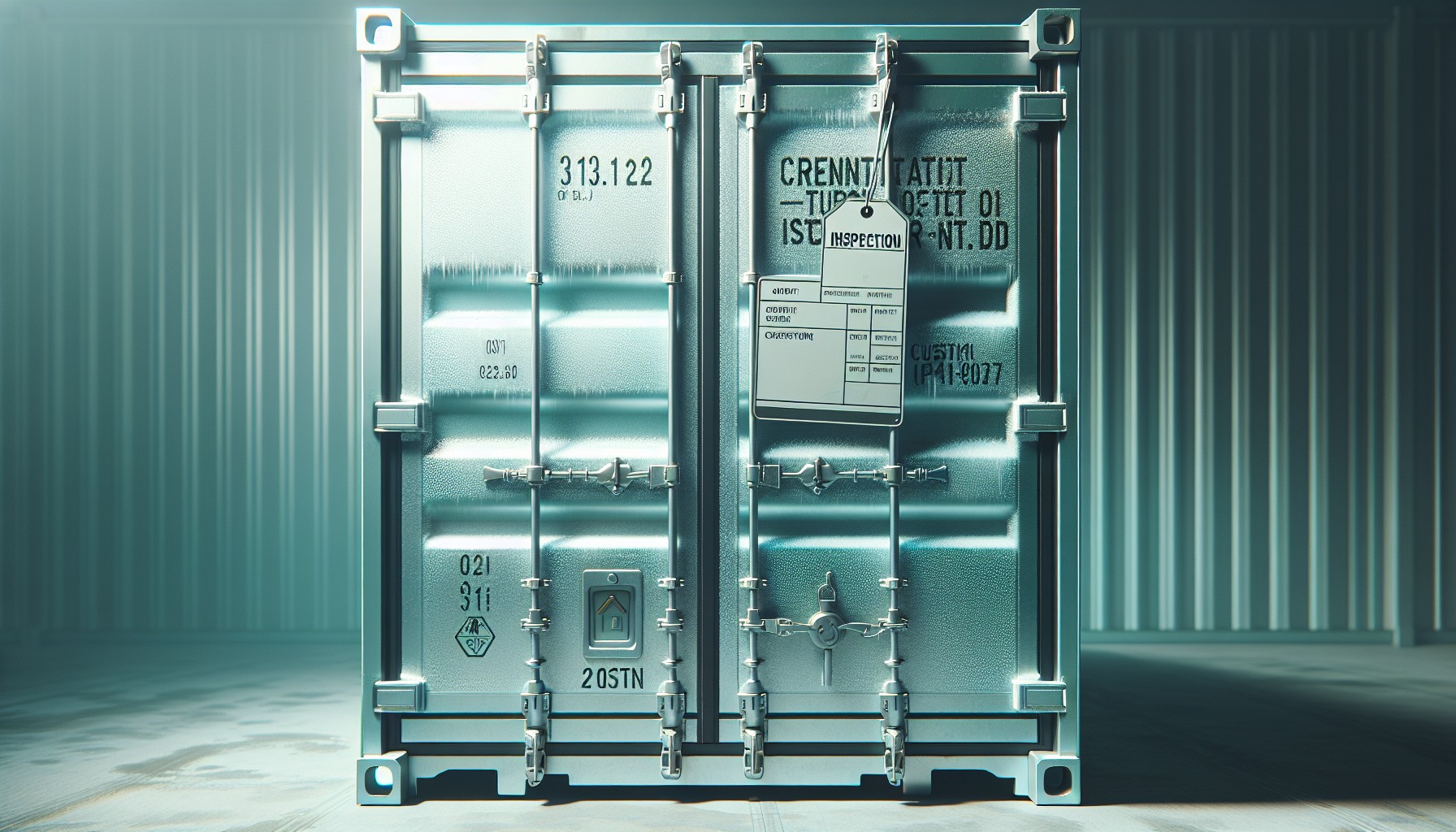ISF Filing For Food Imports: Audit-Ready Checklist For Regulatory Teams (Perishables Focus)
?Are you confident your regulatory team can produce an audit-ready ISF package for perishable food shipments every time?
ISF Filing For Food Imports: Audit-Ready Checklist For Regulatory Teams (Perishables Focus)
You manage perishable imports, and the pressure is constant: deadlines, temperature chains, document accuracy. This guide walks you through a start-to-finish process that makes ISF compliance reliable and repeatable. You’ll get practical checklists, edge-case handling, and compliance tips that fit into your team’s operational workflow. Expect a creative but practical tone that helps you visualize the steps and own the outcome.

What is ISF and why it matters for perishables
You need to know the basics before operating at scale. The Importer Security Filing (ISF) is a U.S. Customs and Border Protection requirement that mandates certain cargo data be filed prior to vessel loading. For perishables, timely and accurate ISF reduces the risk of delays that can compromise product integrity and increase costs.
The audit mindset: what auditors will look for
Auditors expect traceability, timestamps, signatures, and a clear chain of responsibility. You should prepare to show:
- Who submitted the ISF and when
- Source documents validating the data (commercial invoice, packing list, bill of lading)
- Evidence of communication with suppliers and carriers
- Any corrective actions taken if data changed post-filing
Start-to-finish ISF checklist for perishable imports
Use this sequential checklist to build an audit-ready file for each shipment. Treat the list as required steps, with evidence collected for each item.
-
Pre-shipment coordination
- Confirm commodity classification and HS codes with your supplier.
- Confirm producer/packager and country of origin details.
- Record contact details for the shipper, consignee, and notify party.
-
Data collection and validation
- Collect commercial invoice, packing list, and producer documentation.
- Validate container stuffing location and equipment numbers.
- Confirm vessel/voyage number and expected loading window.
-
ISF submission window
- Prepare ISF no later than 24 hours before vessel departure from foreign last port.
- Double-check manufacturer names and addresses to match supplier evidence.
-
Temperature chain and handling notes
- Document required reefer setpoints and any controlled-atmosphere specs.
- Attach carrier or terminal confirmations for reefer power and monitoring.
-
Bond and contingency planning
- Ensure you have a continuous or entry-specific bond covering the shipment.
- Maintain a secondary bond provider contact for emergencies.
-
Post-submission monitoring and amendments
- Track carrier confirmation and arrival notices.
- If data changes (e.g., container number), submit an ISF amendment immediately and log rationale.
-
File retention and audit folder
- Store electronic copies of ISF transmissions, acknowledgements, and supporting documents for five years.
- Create a shipment folder with timestamps of each action and approvals.

Compliance tips specific to perishables
You face unique risks: short shelf life and strict cold chain requirements. Keep these best practices top of mind:
- Lock down supplier data early; last-minute changes are the biggest cause of ISF amendments.
- Use validated templates for common commodities so your team fields consistent entries.
- Flag high-risk shipments for priority review (e.g., live seafood, berries during warm weather).
- Coordinate with carriers to ensure reefer pre-trip inspections and documentation are completed before loading.
Edge cases and how to handle them
Perishables create unusual scenarios. Here’s how to respond:
- Late container number assignment: Immediately submit an ISF-2 amendment and include documented evidence from the carrier that the container was not assigned at the time of initial filing.
- Split shipments (multiple origins to one container): Document each producer’s contribution and country of origin; file ISF that reflects the consolidated nature and maintain supplier invoices showing splits.
- Controlled atmosphere or temperature deviations during transit: Record monitoring data and corrective actions. Use monitoring logs to justify any claims during audits.
Who does what: roles and responsibilities
Clear ownership reduces mistakes. Assign these roles for every shipment:
- Import Compliance Lead: final ISF approval and audit ownership.
- Logistics Coordinator: collects carrier and vessel data, submits ISF.
- Quality/Cold-Chain Manager: confirms temperature requirements and monitoring.
- Documentation Specialist: gathers supplier documents and files the audit package.
Auditable evidence you must keep
Auditors want proof, not promises. Ensure you keep:
- ISF acknowledgement logs and timestamps
- Supporting commercial invoices and packing lists
- Carrier confirmations (stow plan, container assignment)
- Reefer setpoint confirmations and monitoring logs
- Communication records (emails, messages) documenting changes or clarifications
Quick answers to common ISF questions
Q: What happens if you miss the 24-hour ISF window?
- You may face carrier refusal to load or CBP penalties. For perishables, a missed window can cause rapid financial and product loss. Establish contingency carriers and expedited bond coverage.
Q: Can you amend an ISF after filing?
- Yes. Amendments are allowed but should be minimized. Always document why an amendment was necessary.
Putting it into practice: a workflow you can adopt
Implement a repeatable workflow:
- Two days before estimated loading: call a supplier data freeze and open the shipment folder.
- One day before: validate all documents and submit ISF 24 hours before vessel departure.
- During transit: monitor reefer data and container status; log any deviations.
- Upon arrival: reconcile manifest and release documents; finalize audit folder.
Final compliance checklist for the audit
Before closing a shipment file, confirm:
- ISF acknowledgement exists and matches the shipment.
- All supporting documents are in the folder.
- Amendments are documented and justified.
- Temperature and handling logs are included.
- Bond coverage is documented.
You’ll make your perishable import program resilient when you turn these steps into habits. Treat each shipment as an audit-in-waiting, and your team will reduce delays, protect product quality, and meet CBP expectations with confidence — supported by reliable ISF Filing, Bond, Clearance, and Trucking Support when exceptions arise.
